Theta Network (THETA) is a blockchain-based project designed as a decentralized video distribution network. Its goal is to address the high cost, low quality, and centralization issues in the video streaming industry. It improves content distribution by encouraging users to share idle internet bandwidth and computer resources. In this way, Theta, as a Web3 media infrastructure, offers an alternative video streaming blockchain solution to content distribution networks (CDNs). Here is a detailed guide to what Theta is, its history, why it is important and valuable, and its founders...
Definition and Origin of Theta
Theta Network is a decentralized video streaming and distribution platform that works with a peer-to-peer (P2P) sharing model. To briefly answer the question of “What is Theta?”: Theta is a blockchain network that allows users to share bandwidth by relaying the video to others while watching it and earn rewards in return. Launched with its own mainnet in 2019, Theta aims to bring a decentralized approach to the video streaming industry. This project first emerged in 2017 under the name Theta Labs; Theta Labs founders Mitch Liu and Jieyi Long announced their vision of a “decentralized video distribution network” in a whitepaper they published at the end of 2017. The Theta Labs project was initially born out of the experiences of SLIVER.tv, an e-sports-focused broadcast platform, and the idea of developing a blockchain-based solution was born in this way due to the limitations of the central infrastructure. Theta’s innovative model also makes content viewers a part of the network. While only content distribution companies manage network traffic on traditional video platforms, on Theta users offer their excess bandwidth and processing power to the network to transmit video data to other viewers, and are rewarded with TFUEL tokens in return for these contributions. Thus, Theta creates a “sharing economy” where viewers are both content consumers and distributors. This approach increases the quality of video streaming thanks to the multitude of nodes in the network and reduces the platform’s operating costs. Since end users can earn tokens while watching videos, participation in the network is encouraged. If we look at who founded Theta; the names behind the project are Mitch Liu (CEO of Theta Labs) and Jieyi Long (CTO), and the Theta network was launched under the leadership and contributions of these two entrepreneurs (We will discuss the founding team in detail in the following sections of the article).
Theta's History: Important Milestones
Since its inception, the Theta project has gone through many important milestones in terms of both technical developments and collaborations. Below you can find the key events in the history of Theta Network in chronological order:
- 2017: Theta Labs' establishment and whitepaper - Theta Labs was established under the leadership of Mitch Liu and Jieyi Long. In late 2017, Theta Network's technical report (whitepaper) was published and the basic vision of the project was announced. This report detailed the idea of a decentralized video distribution network and the model where users would earn rewards by sharing bandwidth. In addition, the Theta project attracted the attention and support of advisors such as YouTube founder Steve Chen during this period. That's how we can answer "when did Theta launch?" questions.
- 2019: Mainnet Launch - Theta Network's own blockchain network was officially launched on March 15, 2019. With this launch, Theta transitioned from the ERC-20 token on Ethereum to its own mainnet. TheTA token has now become Theta's native token, answering the questions "What is Theta coin?" At the same time, a second token, Theta Fuel (TFUEL), was created. THETA is used for governance and staking on the mainnet, while TFUEL is designed to be used for transaction fees and rewards on the network (5 billion TFUEL were produced in the first creation). The launch of Mainnet 1.0 was the first concrete step in bringing Theta's decentralized video distribution infrastructure to life.
- 2020: Guardian Nodes and TFUEL Usage (Mainnet 2.0) - In May 2020, Theta Mainnet was updated to version 2.0. With this update, community nodes called Guardian Nodes were launched and the Theta network switched to a two-tiered consensus mechanism. While Validator Nodes operated by large companies or organizations now produce the first blocks, individual Guardian Nodes that stake at least 1,000 THETA began to verify these blocks and ensure network security. This way, Theta’s blockchain has reached both a high transaction capacity and a highly decentralized structure with the participation of thousands of community nodes. The question of "what is TFUEL token" also found a practical answer at this stage: Users who transfer video data via Guardian Node and Edge Nodes (the endpoints of the network) earned TFUEL in proportion to their contribution, and the economic model within Theta began to work. 2020 also saw the beginning of an important partnership with Google; Google Cloud became one of the institutional validators of the Theta network and provided infrastructure support. Similarly, industry leaders such as Samsung also began to make strategic investments in Theta and operate network nodes during this period.
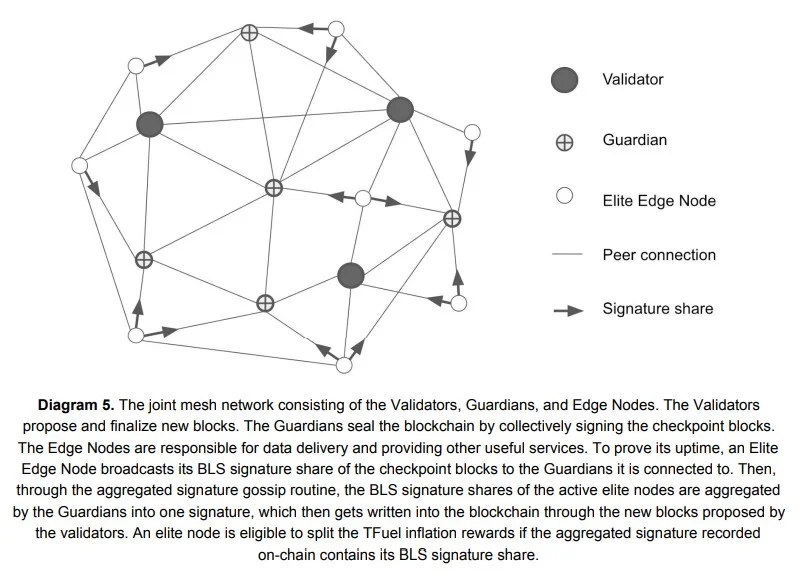
- 2021: NFT Marketplace and New Partnerships - Theta upgraded to Mainnet 3.0 in March 2021, bringing smart contract support and the Elite Edge Node concept. Elite Edge Nodes strengthened the network’s distributed video infrastructure by offering a model where users can upgrade standard edge nodes by staking TFUEL and earn additional rewards. 2021 also marked the Theta ecosystem’s foray into the NFT space. Theta Labs launched its own NFT marketplace called ThetaDrop, initially bringing digital collectibles from content partners like the World Poker Tour (WPT) to users. During the year, it was announced that popular artist Katy Perry would be launching NFT collectibles through ThetaDrop, strengthening Theta’s position in not only video distribution but also in the digital arts and entertainment space. 2021 was also significant in terms of corporate partnerships: For example, Sony’s European R&D unit joined Theta’s corporate validator council. Sony Europe runs its own validator node on the Theta network, joining giants like Google and Samsung who are already on the network, bringing together tech and media companies from around the world on Theta’s board of directors.
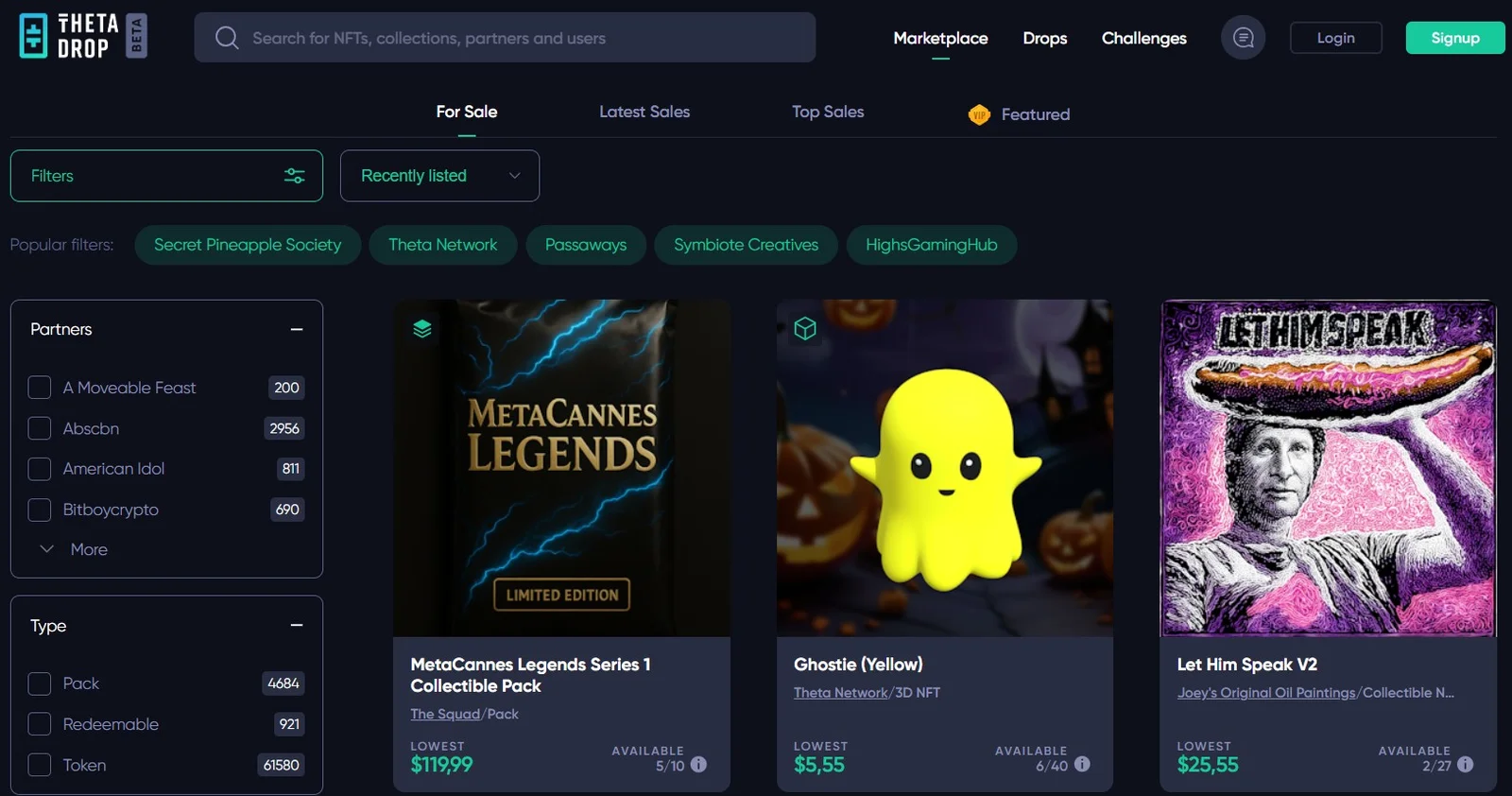
- 2022 – 2023: Metachain and Ecosystem Growth - In 2022, Theta announced the Theta Metachain concept to increase scalability and launched the Metachain with Mainnet 4.0 in December 2022. The Metachain allows specialized subchains connected to the Theta main chain to operate, enabling the creation of parallel blockchains for different use cases such as video streaming, NFTs, metaverse, and more. This technical development paved the way for Theta to become a Web3 infrastructure that can process many more transactions much faster in the future. In 2022 and 2023, the Theta network continued to grow by deepening existing partnerships and adding new ones. In particular, collaborations were established with content providers such as Lionsgate, MGM, and popular programs such as American Idol in the media and entertainment sector.
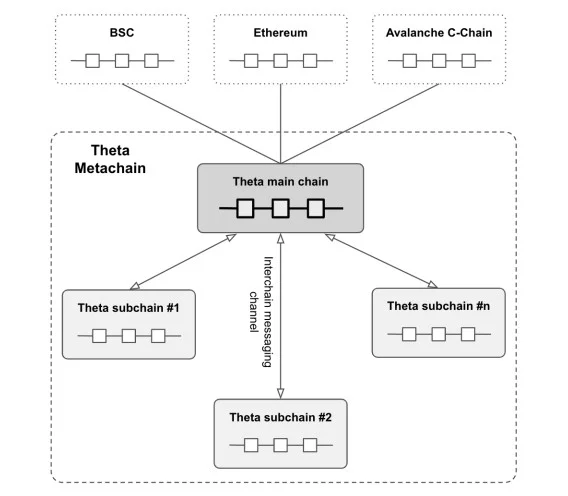
- Steps have been taken to integrate Theta technology into Samsung’s next-generation smart TVs. After 2023, Theta Network has become one of the leading platforms in decentralized video distribution with its extensive edge network of thousands of global nodes, enterprise-level partners, and advanced features.
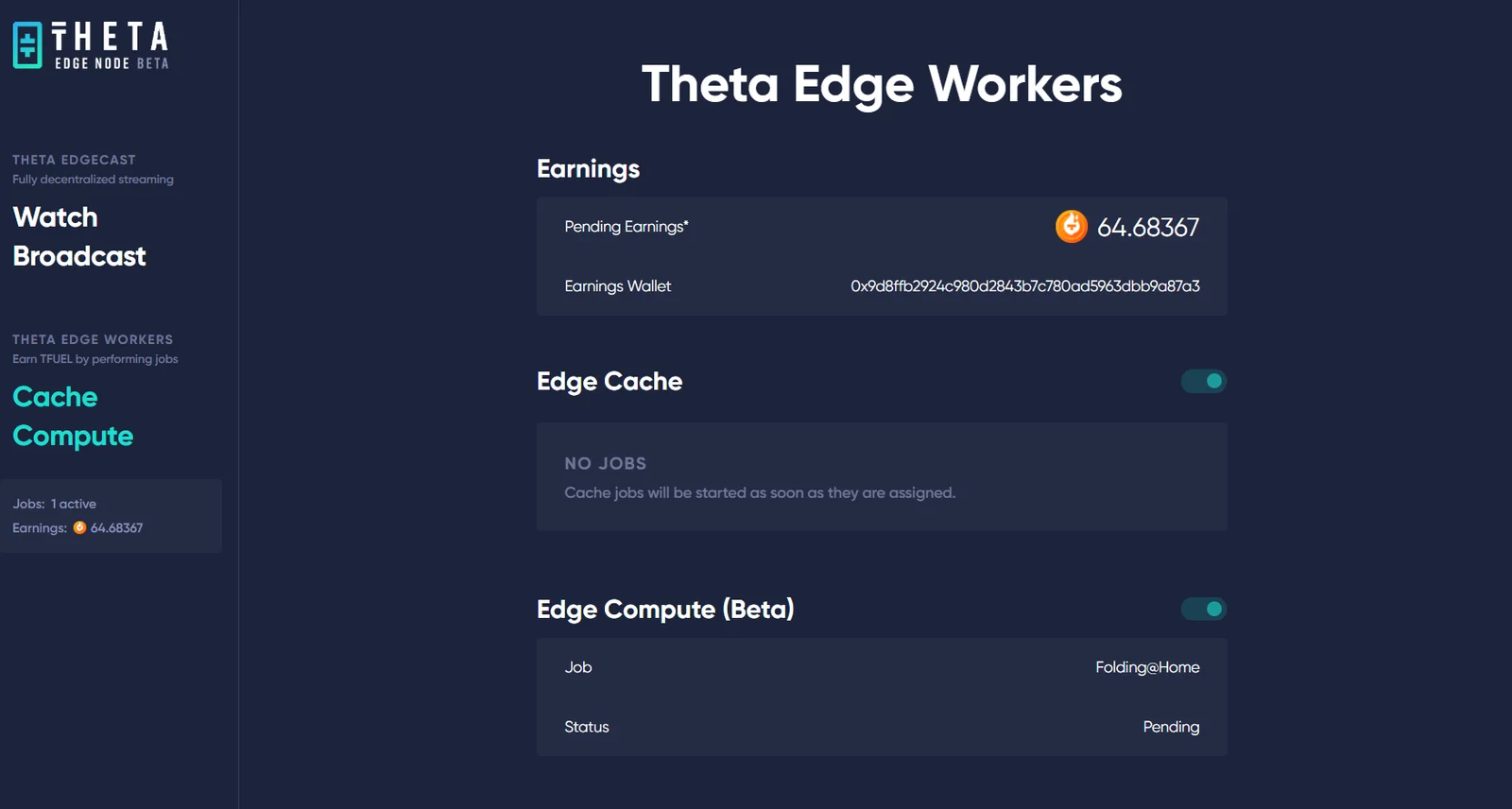
- 2024-2025: The Theta Metachain infrastructure, introduced in late 2022, has become a structure that significantly increases Theta’s scalability in 2024 and beyond. This architecture allows for parallel chains, each dedicated to different projects. In late 2024, Theta Labs also took further steps to integrate with artificial intelligence (AI) projects. An AI integration called Theta Edgecloud is eagerly awaited by 2025.
Why Is Theta Valuable?
To understand the value and importance of Theta, as well as the answer to the questions of "What is Theta for?", it is necessary to look at the problem it aims to solve and the innovations it brings. In traditional video streaming platforms, content distribution requires high bandwidth and usually occurs over central servers/CDNs. This structure creates the problem of congestion in reaching the user, called the "last mile", especially in high-resolution (e.g. 4K, 8K) or VR broadcasts that appeal to the whole world. Theta video distribution, on the other hand, offers a solution to this problem with decentralized bandwidth sharing: Thousands of edge nodes on the network cache videos in regions where they are popular and deliver them to nearby viewers. As a result, content platforms need less expensive data center investments; viewers get a smoother and higher-quality broadcast experience. Theta protocol optimizes internet traffic in an intelligent and distributed way by showing that it is possible for the viewer to receive the broadcast from another viewer in the neighborhood instead of from a distant server. In this respect, Theta is a concrete example of the web3 media infrastructure concept and provides a token-incentivized decentralized alternative to traditional CDN providers.
One of the elements that makes Theta special from a technical perspective is its dual-token economic model and multi-layered blockchain architecture. So, what is the difference between THETA and TFUEL? These two tokens have different roles in the Theta ecosystem and together ensure the continuity of the network. THETA is the token used for governance and staking (similar to mining, participating in network security by locking tokens). THETA token holders have a say in the management of the network and stake their THETA to run large validator nodes (e.g. Google, Samsung) or to participate in community Guardian Nodes. TFUEL is the transaction and operation token of the Theta chain. TFUEL is the “fuel” token that is given as a reward to nodes that share video streaming data, and also pays for smart contract transactions, NFT minting and general transaction fees.
In summary, THETA secures the network and provides a say in governance, while TFUEL is the token that runs the network, enabling micropayments and content sharing rewards. This distinction positions Theta in a structure similar to Ethereum’s ETH/GAS concept with its dual token model, but in Theta, these roles are taken on by two different tokens. Thus, users who share content receive their rewards in TFUEL, which has a more stable value, while the control and value of the system is shaped around the THETA token.
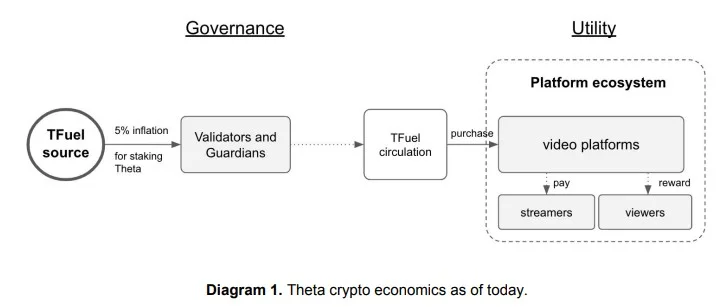
Who is the Founder of Theta?
The team behind Theta Network consists of experienced names in technology and entrepreneurship. The answer to the question of who is the founder of Theta? points to two people: Mitch Liu and Jieyi Long. These two co-founders brought Theta Labs to life with their complementary talents and visions.
- Mitch Liu: Who is Mitch Liu? Mitch Liu, the CEO and co-founder of Theta Labs, has a deep-rooted background in the technology and gaming sectors. Liu, who was one of the founders of Gameview Studios, which emerged in the mobile gaming field in 2010, is especially known for the success of the game "Tap Fish". Gameview Studios quickly reached millions of users and was acquired by Japanese gaming giant DeNA. Before his first venture in the gaming sector, Mitch Liu was among the founders of the mobile advertising and in-app payment company Tapjoy in 2007. Liu, who completed his education in the MIT Computer Engineering (Bachelor's) and Stanford MBA programs, has been a mentor and angel investor in various startups in Silicon Valley. He also served as a mentor at Play Labs, a gaming and VR-focused accelerator program at MIT, supporting innovations at the intersection of blockchain and gaming. Mitch Liu’s focus on e-sports and video streaming continued in 2015 with the SLIVER.tv platform he founded. SLIVER.tv is a pioneering initiative that broadcasts e-sports tournaments as 360° video using VR (virtual reality) technology. The idea for Theta Network was actually born out of SLIVER.tv’s search for a blockchain-based solution to its bandwidth and distribution problems. Mitch Liu shaped the project’s business vision by envisioning a sharing model where users would also earn.
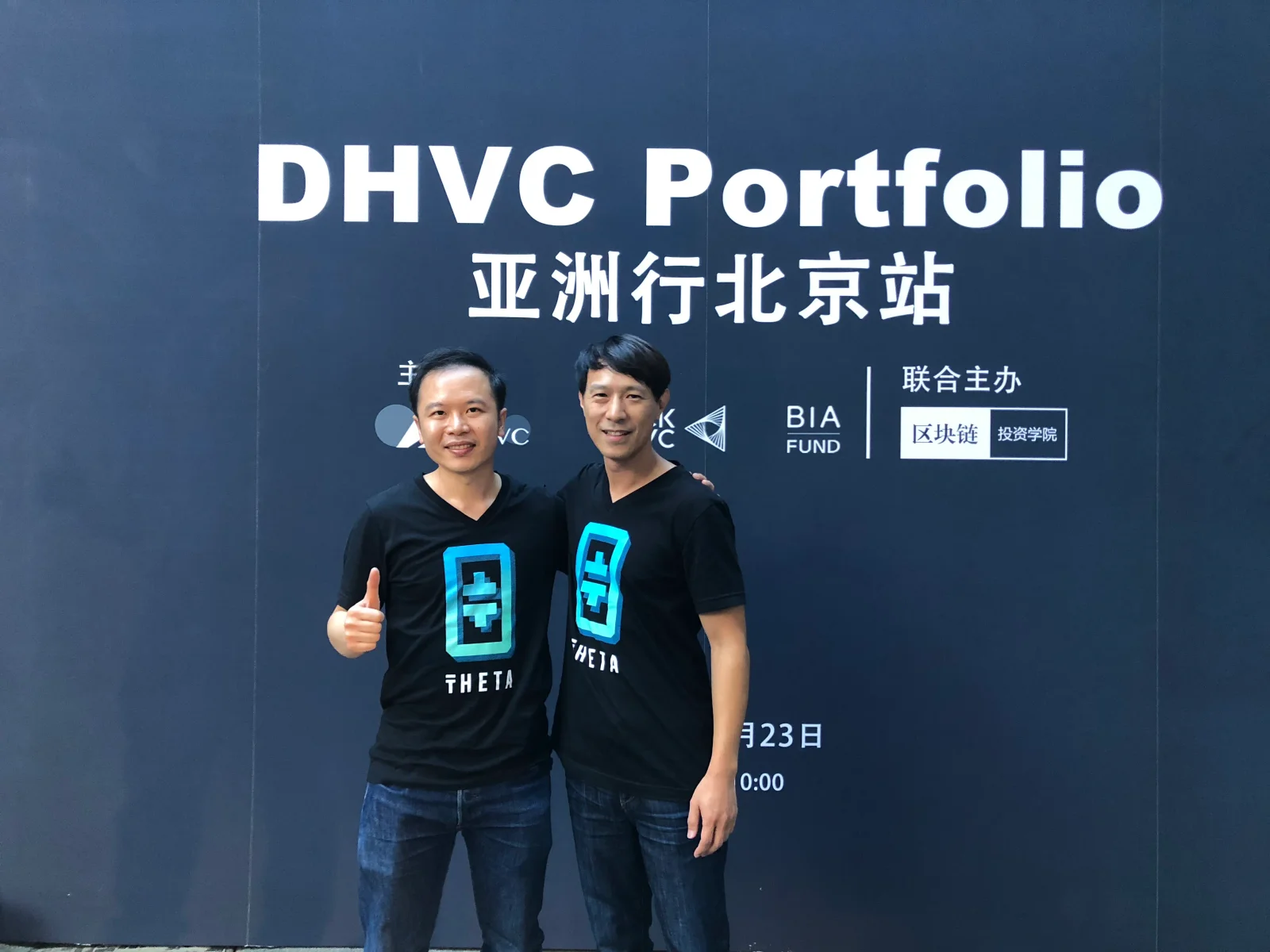
- Jieyi Long: Jieyi Long, the other co-founder and CTO (Chief Technology Officer) of Theta Labs, is the leading figure behind the technical architecture of the network. Academically, Long holds a bachelor’s degree in microelectronics from Peking University and a doctorate in computer engineering from Northwestern University, and specializes in high-performance distributed systems and algorithms. Jieyi Long has worked on virtual reality (VR), gaming, and large-scale distributed systems for years, and holds many patents in these areas. In particular, his patents on 360° VR video streaming and blockchain-based data distribution are the foundational innovations of Theta Network. Long also has a strong entrepreneurial side: Before Theta, he co-founded SLIVER.tv with Mitch Liu, developing e-sports VR broadcasting. Long was also a co-founder of MadSkill Gaming Studios, a company that developed a real-time multiplayer game engine for mobile platforms. Theta Network’s technical vision—to build a global data streaming infrastructure powered by smart contracts without the need for a central server—came to fruition in large part thanks to Long’s innovative approach. He is credited with architecting the Theta protocol, which combines blockchain technology with video streaming.
Frequently Asked Questions (FAQ)
Below are some frequently asked questions and answers about Theta:
- What is Theta and what problem does it solve?: Theta Network is a decentralized video streaming platform built using blockchain technology. In traditional video streaming services, content is delivered through a limited number of centralized servers and data centers. Theta revolutionizes this model by encouraging peer-to-peer data sharing among viewers. Viewers also stream the video they watch to other users in their environment and receive token rewards in return. In this way, Theta solves problems such as high bandwidth requirements (especially close to the end user, the “last mile” problem) and high CDN costs, and offers cheaper and higher-quality content distribution.
- What is the difference between THETA and TFUEL?: THETA and TFUEL are two native cryptocurrencies of Theta Network, but they have different functions. THETA is the governance token of the network; The total supply is fixed at 1 billion and it is necessary to stake THETA tokens to become a validator/guardian node. THETA holders participate in network governance and have the right to vote on important protocol changes. TFUEL is Theta's operational token and is used to pay transaction fees and reward those who contribute to video distribution. In short, THETA is used to secure and manage the network, while TFUEL is used for the in-network economy (rewards, payments). Together, these two tokens ensure the balanced operation of the Theta ecosystem; for example, viewers earn TFUEL, while large shareholders lock their THETA and ensure the security of the network.
- How does Theta work and who controls it?: Theta Network operates with a multi-layered node structure and a unique consensus mechanism. The control of the network is not in a single center; on the contrary, there is a distributed structure consisting of Validator Node and Guardian Node layers. Large institutions and companies (such as Google, Samsung, Sony) or large THETA holders produce blocks as Validator Nodes. Community members verify these blocks as Guardian Nodes with a lower threshold and provide consensus. This multi-level BFT (Byzantine Fault Tolerance) consensus mechanism enables thousands of participants to make secure joint decisions. As a result, the decision-making and block generation process in the Theta network is carried out in cooperation with a few large companies and large community nodes. No single unit controls the entire network; network management is carried out with the voting and participation of THETA token holders and the coordination of the validator council (members such as Google, Samsung, Sony, etc.). Thanks to this structure, Theta is both supported at the institutional level and secured by the community.
- How does Theta decentralize video streaming?: Theta uses edge nodes called Edge Nodes to decentralize video streaming. These edge nodes can be individual users' computers, phones, or smart TVs. When a user watches a Theta-supported broadcast, their device also sends parts of the video to other users nearby who are watching the same broadcast. Thus, without the need for a central server, a mesh network is formed between viewers and video content is distributed with a kind of “user-to-user CDN” model. The Theta protocol automatically manages which user sends data to whom, who shares how much, and how much TFUEL rewards they receive. In addition, with the Elite Edge Node system coming in 2021, users can stake TFUEL to become more stable edge servers that are always on, supporting uninterrupted and high-quality video streaming.
- Who are Theta’s corporate partners?: Theta Network has been supported by important corporate partners and investors since the beginning. Google, Samsung, and Sony are among Theta’s most well-known corporate partners, and these companies operate Theta’s Enterprise Validator nodes. For example, Google Cloud has both run validator nodes and provided cloud services for Theta’s infrastructure. Samsung NEXT, Samsung’s investment arm, made an early-stage investment in Theta; Samsung has also considered integrating the Theta application into its device ecosystem. Sony Europe joined Theta’s board of directors in 2021, taking on a validator node in Europe. In addition, entertainment agency Creative Artists Agency (CAA), blockchain investment funds (such as Blockchain Ventures, DHVC), and crypto industry players (e.g. Binance) are also among Theta’s institutional supporters and partners.
Continue reading our JR Kripto Guide series to explore Web3 media infrastructures and THETA’s future role.